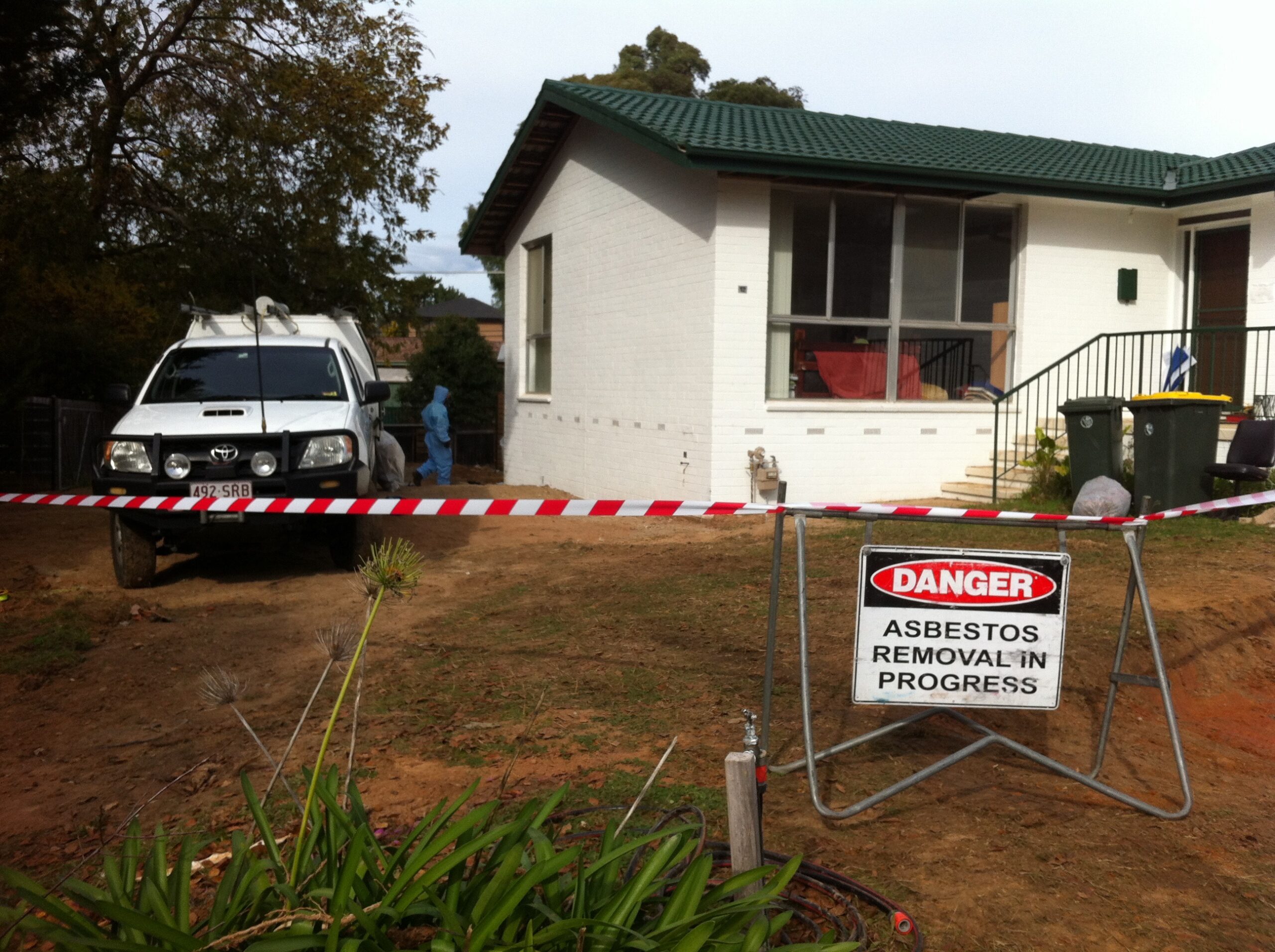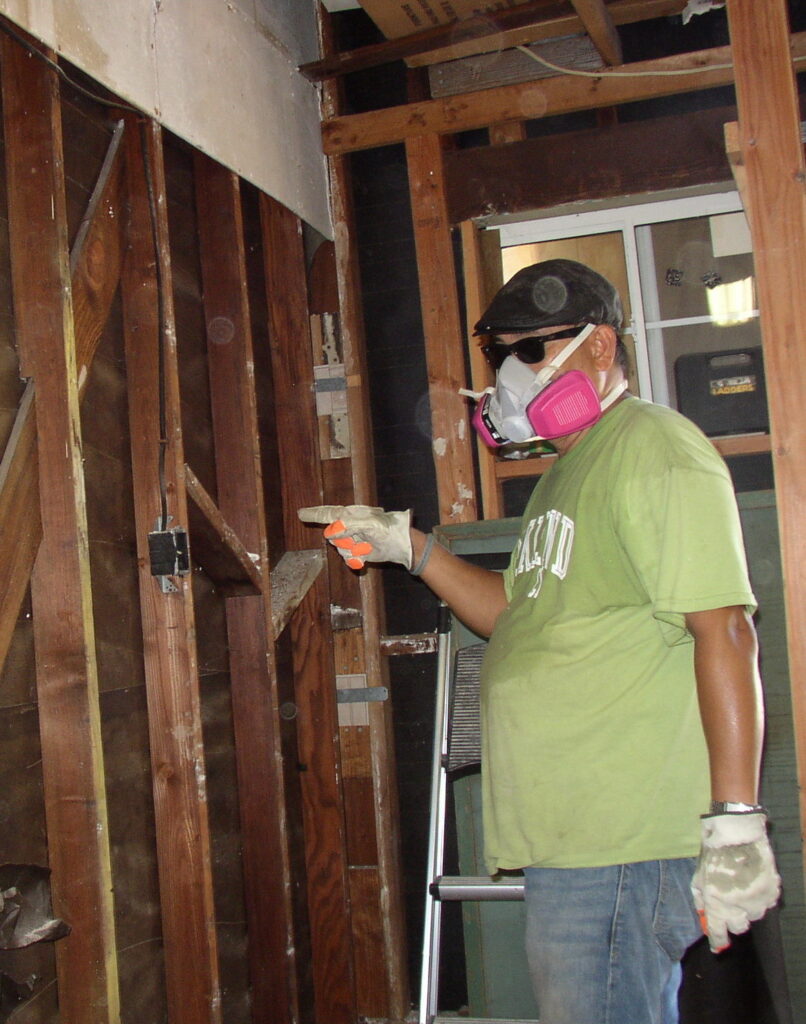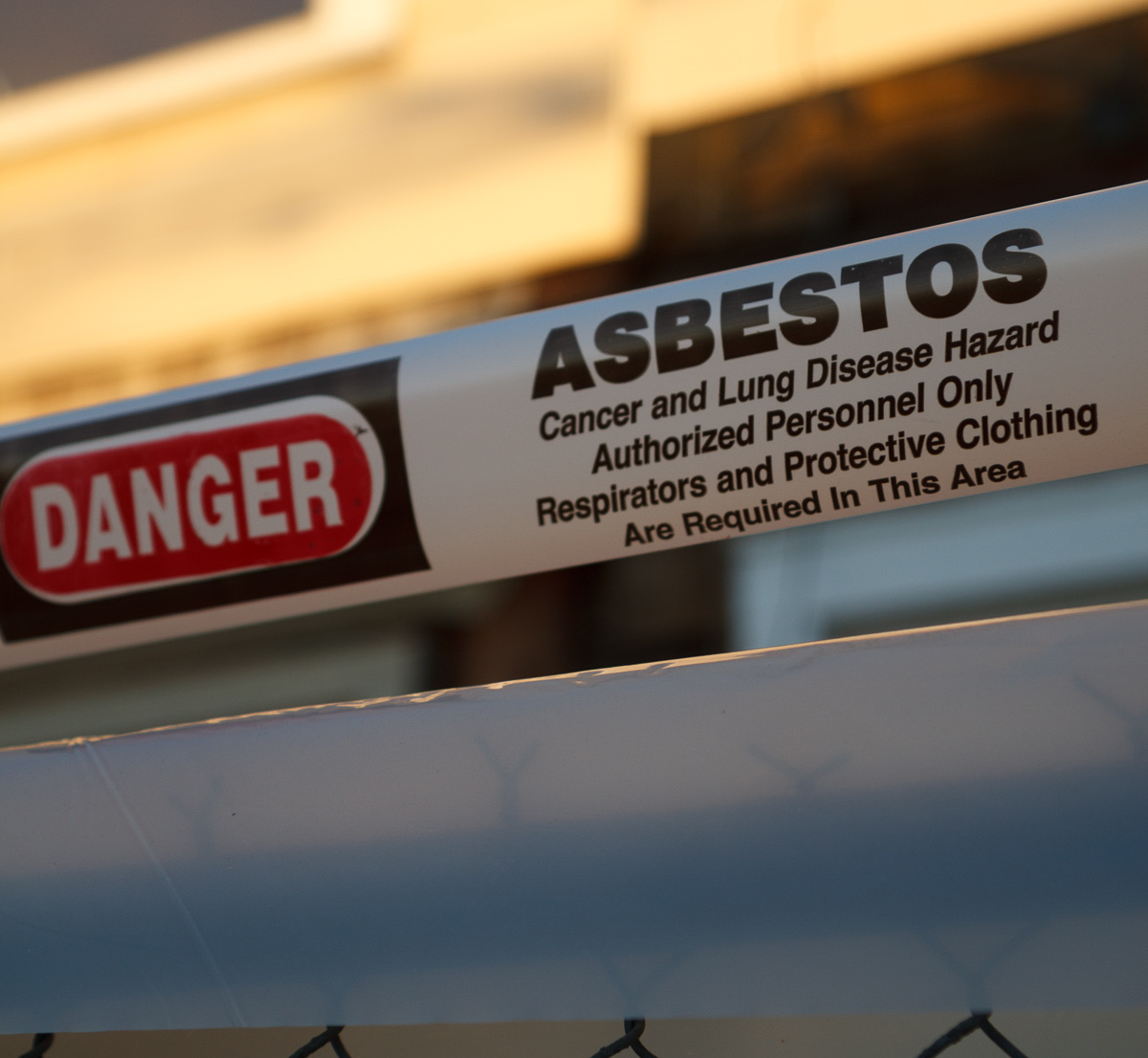
If your home or a home you’re planning to purchase contains asbestos products or other hazardous materials, to ensure you and your family’s safety you’ll want to remove those items immediately. The risks to your health and the health of your loved ones that asbestos products could pose should always be taken seriously.
Many homeowners do not realize the prevalence of asbestos in older homes. As a general rule, if you own a home built between 1940 and 1980, there is a very high chance that there are some asbestos products somewhere on the property. If you are renting a property from this era, ask your landlord or property manager if an asbestos survey has been carried out. If they don’t reply, try again and if necessary, contact your local or state health and safety agency.
Conduct an Asbestos Inspection

Before beginning any abatement project, you need to know where asbestos is located and whether it presents an immediate threat. Asbestos can be either friable or non-friable. Friable means the product can be easily broken, releasing lethal asbestos fibers into the air. Friable asbestos can include broken/damaged ceiling tiles, peeling asbestos paint, and damaged pipes and insulation. If any of these products contain asbestos and are damaged, they can release asbestos fibers into the atmosphere which can cause irreversible lung damage. Non-friable asbestos cannot be broken and usually doesn’t present an immediate danger. In many cases, non-friable asbestos can be encapsulated with an air-tight seal, saving you the time and cost of removing the product. In some cases, leaving the asbestos alone can be safer than trying to remove it.
Plan and Schedule the Removal

Contact a reliable asbestos removal company to schedule a time to begin. Many of these companies also offer property inspection services. A complete asbestos abatement job can cost several thousands of dollars (the cost varies depending on what kind of asbestos products you have, how much you need removed and how difficult the removal process is.
An area of your home may need to be sealed off to prevent the release of fibers. A containment seal will be set up and the area will be cleaned with specialized equipment. The process can be difficult and without the correct training and equipment there is a strong possibility of an accident occurring. For this reason, use only an experienced asbestos abatement contractor.
Test the Area When the Job is Complete
Once all the asbestos products have been removed and the clean-up is complete, thoroughly inspect and test the area. There should be no asbestos fibers remaining and that part of your home should now be safe.
A Final Note About DIY Asbestos Removal
Asbestos is a very hazardous material and attempting to try to remove asbestos products yourself is not recommended. The health consequences from exposure to even a small number of asbestos fibers make the risk far too great. The cost of a professional contractor is a small price to pay compared to the risks and consequences of a botched removal attempt.
